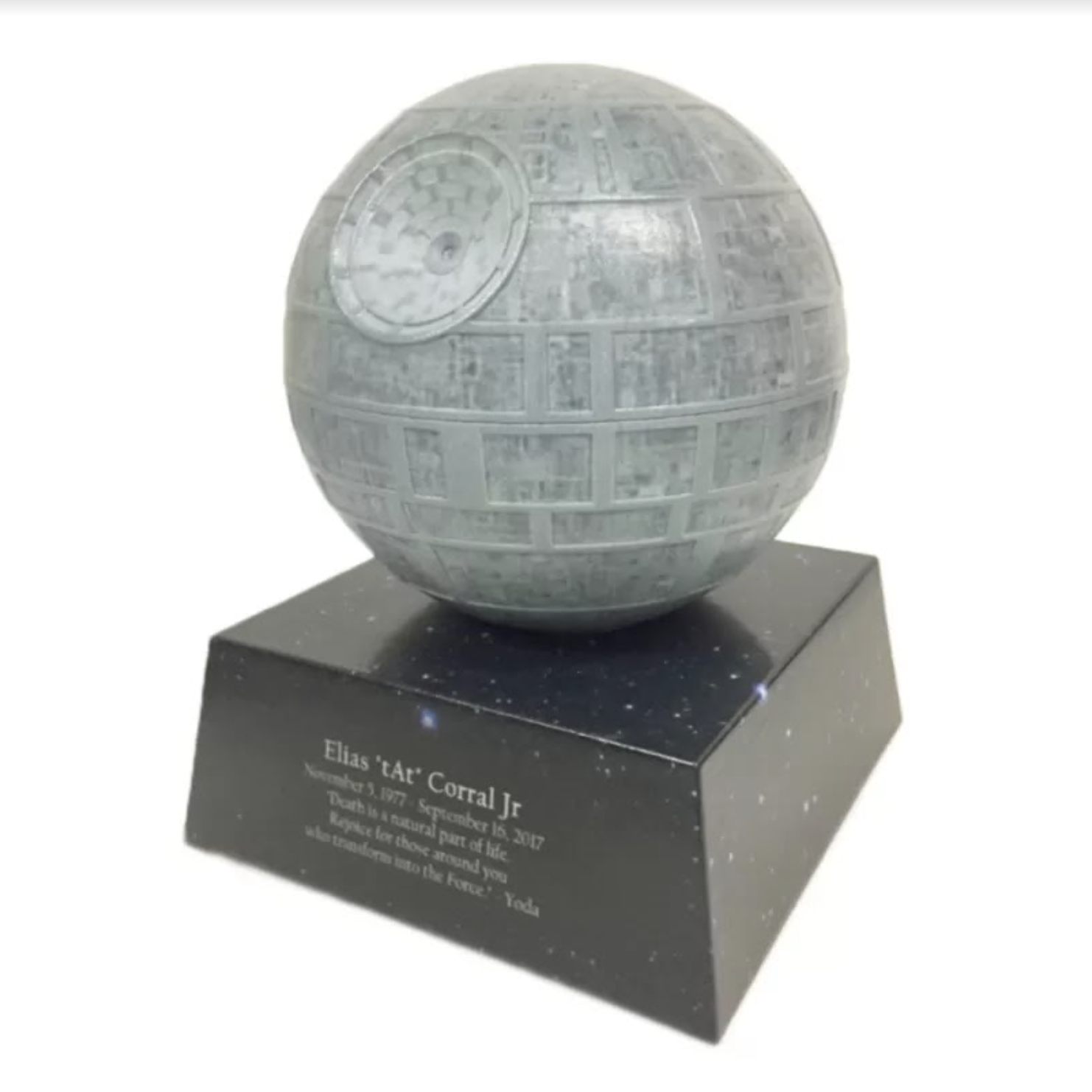Cremation, Burial, and Green Options
We know losing a loved one can be an overwhelmingly emotional experience. If decisions surrounding their final disposition haven’t already been made, that can add another layer of difficulty to an already stressful time. SendOff will help guide you in the decision-making process and provide you with the information you need to feel good about your choices.
When choosing a final disposition, you’ll want to consider the cultural, spiritual, or religious rules you follow, environmental impact, your budget, and whether permanent memorialization or a place to visit is important to you. Understanding your options can provide comfort and help you make choices that align with your beliefs and values.
Cremation Options
Cremation rates continue to rise across the country, driven by environmental concerns and cost considerations. If the deceased did not indicate their wishes for final disposition, it’s important to know that cremation requires a majority next-of-kin vote, and you can choose between two options: cremation by fire or water.
If you’d like a private family viewing prior to cremation, locations for the viewing are in St. Paul, Minneapolis, Forest Lake, and Savage.
Cremation by Fire
Cremation by fire uses flame and heat to reduce the human remains to bone fragments, or cremated remains (ash). Cremation by fire is currently the most common type of cremation and is typically more affordable than cremation by water.
Cremation by Water
Alkaline Hydrolysis, also called aquamation, is a more environmentally conscious choice as there is no direct emission of greenhouse gasses into the atmosphere. Fossil fuels are not used in this process, resulting in more than 90% energy savings compared to flame cremation and a significant reduction in the carbon imprint.
In addition to being the eco-friendly alternative, cremation by water yields higher volume in ash remains.
Images courtesy of Parting Stone and Foreverence
What To Do with Cremated Remains
Families can be creative in choosing what to do with cremated remains. Some families may split the remains among themselves using multiple urns, others may choose to scatter their loved one’s ashes over water or bury them in a meaningful place.
You can also choose to solidify your loved one’s ashes in stones, jewelry, ceramics, a vinyl record, blown glass, or even pencils!
If you’re unsure of what to do with cremated remains, SendOff will help you explore creative memorialization ideas.
Green Burial Options
Green burials are an eco-friendly alternative to traditional burial practices, as they reduce environmental impact by avoiding use of chemicals and non-biodegradable materials. If you plan to purchase a burial plot in advance, it’s important to know if your preferred cemetery allows this alternative burial option.
Human Composting
Human composting, also called natural organic reduction (NOR) or terramation, is a process in which microbes from soil and plant material convert a deceased body into compost. As of January 2024, it is permitted in six states (Washington, Colorada, Oregon, Vermont, California, New York, and Nevada). While not yet legal in Minnesota, advocates for human composting are working with the Minnesota legislature to bring this option to our state. Read more about how you can support their efforts.
Embalming
The embalming process slows the decomposition of a human body after death by replacing bodily fluids with chemicals and it must be performed by licensed funeral professionals. The use of embalming became popular in the United States during the Civil War as embalming was a way to preserve soldiers’ bodies for transportation back home. Today, most people choose to embalm the deceased to preserve appearances for open-casket viewing or for religious reasons.
If the deceased is being buried locally (the body doesn’t have to cross state lines) and within a specific time period, embalming is not a necessity.
A few things to consider:
If you’d like to have a public, open-casket viewing, embalming may be required.
Some religions prohibit embalming. We suggest talking to your religious leader to ensure you’re making a decision that aligns with any religious requirements.
What if the Deceased Didn’t Make Their Wishes Known?
If your loved one didn't express their wishes or document them in any way, consider the following:
Their religious affiliation and practices
Any specific comments about burial or cremation preferences (e.g. “Bury me in this outfit.” or “Put this on my gravestone.”)
Mention of a preferred cemetery or burial alongside family members
Your family's desire to visit a specific location
Type of disposition that will bring you, and the other ‘survived by’ the greatest amount of peace
Planning Ahead
Ensure your end-of-life wishes are documented in a legal, notarized document, and share them with your family. SendOff can guide you through the pre-planning process and connect you with the necessary resources, providing peace of mind for you and your family.
If you’ve experienced a death and require immediate support, or you want to start the conversation on pre-planning, call SendOff at 612-236-0141.


